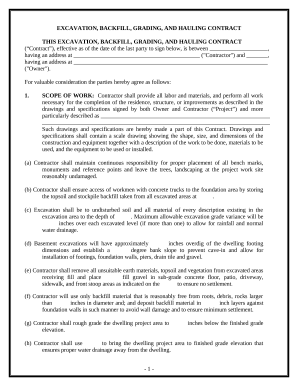
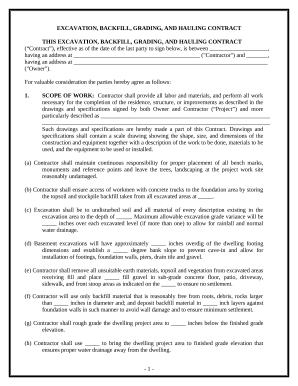

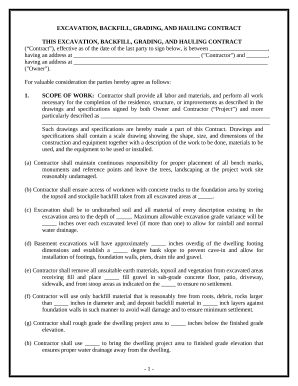
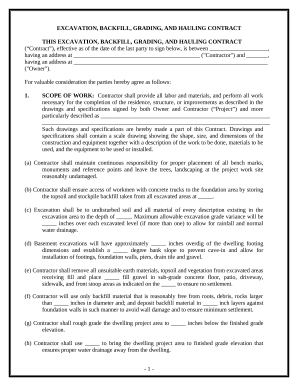
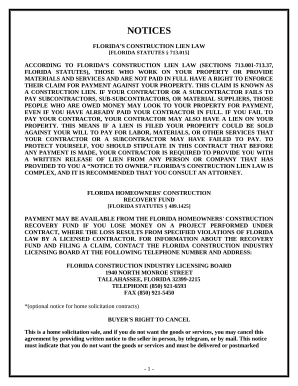
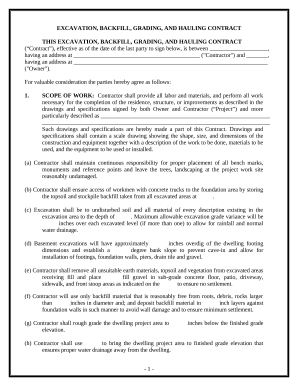
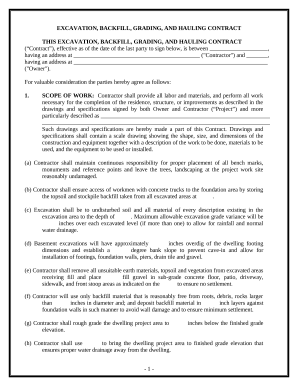
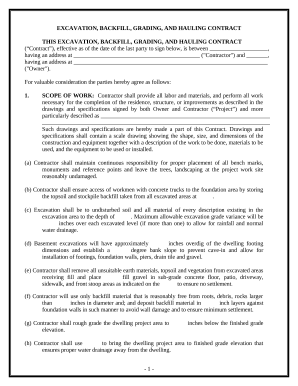


Document management can stress you when you can’t discover all of the forms you need. Fortunately, with DocHub's considerable form collection, you can find everything you need and swiftly manage it without switching among programs. Get our Excavator Contract forms and start utilizing them.
The best way to manage our Excavator Contract forms using these simple steps:
Try out DocHub and browse our Excavator Contract forms category with ease. Get a free account right now!